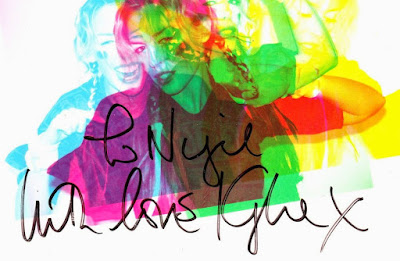Three months before 9/11, I had taken my first trip to New York. I was there to film an interview for a Headliners & Legends show on Demi Moore that was to be premiered on the MSNBC giant screen in the middle of Times Square that August. As my trip was only a flying visit of two days, and wanting to squeeze in as much sightseeing as I could on the day off I had been given by the production company, I decided the best way to take in some of the the sights would be on one of the hop-on, hop-off double-decker bus tours. The two-hour Downtown Loop sightseeing trip was the perfect way to see some of the oldest and some of the newest neighbourhoods in Manhattan as it it included stops at Greenwich Village, Empire State Building, Union Square, Soho, Chinatown, Little Italy, East Village, Rockefeller Center and the World Trade Centre site. Due to time restrictions, and because I wanted to discover other locations not on the bus tour, like Planet Hollywood, Central Park, New York Library and Grand Central Station, I only hopped off at the smoking stops, where we had enough time to take pictures. Probably one of the most awesome sights of the tour were the Twin Towers.
To see them in real life was a truly magnificent sight, and I feel lucky that I did get to see them in all their splendour before I watched the shocking events of 9/11 destroy them, just three months after I had looked up at them in total awe. To watch them fall to the ground like a deck of cards on live television in the UK, while people were still inside, was so very heartbreaking.
Like almost everyone, I can vividly remember where I was and what I was doing when the news broke, much the same as when the news broke of Kennedy’s assassination, Elvis’s untimely death and the fatal accident that killed Diana. If you lived in the UK, the first reports of what seemed like a tragic plane accident had begun at around 2pm, British time. In New York, of course, it was already the height of the morning rush hour. I had just finished eating my lunch and was about to go back to my home office, when after the lunchtime edition of Neighbours had finished, we were given a Newsflash that went directly for a live report from New York. When the first live pictures were seen, of smoke bellowing out the north tower, it was incomprehensible to think that a plane had just crashed into it. What a terrible accident.
But then, while I was watching, another plane in the distance, started its descent and turned to head straight for the other tower. It kept turning and kept coming, seemingly picking up speed, and then horror of horrors, it slammed into the other tower with such force, it looked it was going to slice through the tower and come out the other side. As we all now know, when it hit the tower, it exploded into a huge fireball and sent debris flying to the ground. Most of us froze in disbelief, probably unable to move or say anything. The pictures we were watching on our televisions was like watching a scene from a disaster movie, and to think they were happening for real was just totally unbelievable.
Both towers now had huge dark black holes in their sides, where the planes had ploughed into them, with fire and smoke bellowing out. I can’t remember how long after the planes had hit that people could be seen jumping out from just below where the planes had hit, but it seemed only a short while after. Still dealing with the initial shock of two planes crashing into the towers, we now dealt with another sight that none of us ever expected to see, people jumping from a literally unsurvivable height, to escape the fumes and the heat of the disaster. I can still hear the commentator screaming in disbelief. It was truly an awful sight that none of us will ever forget.









